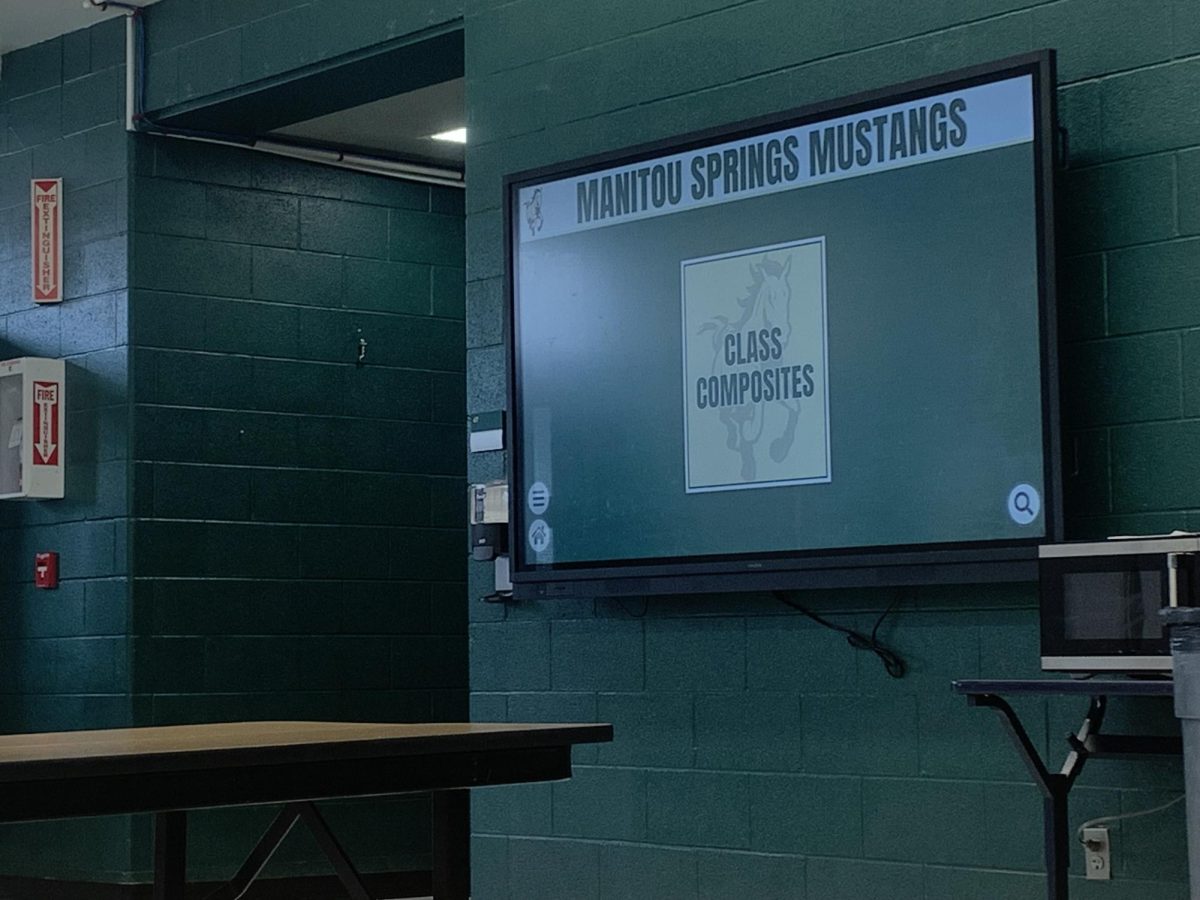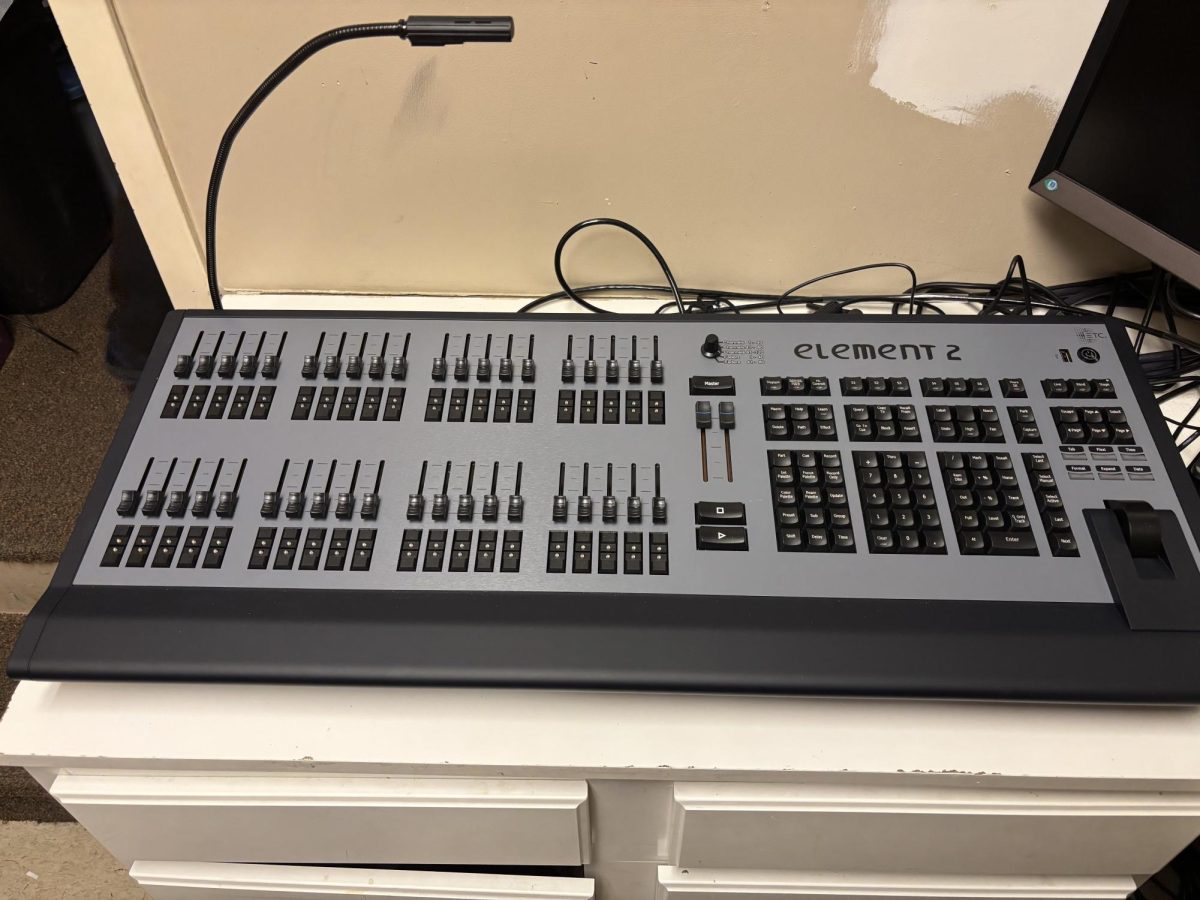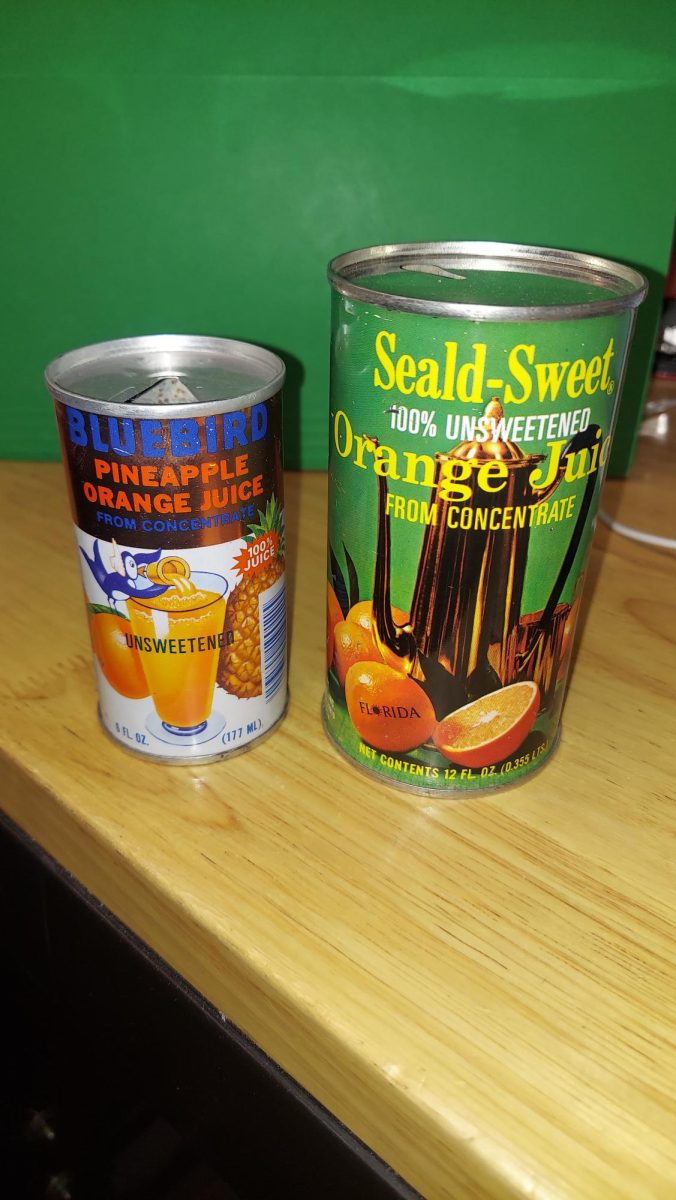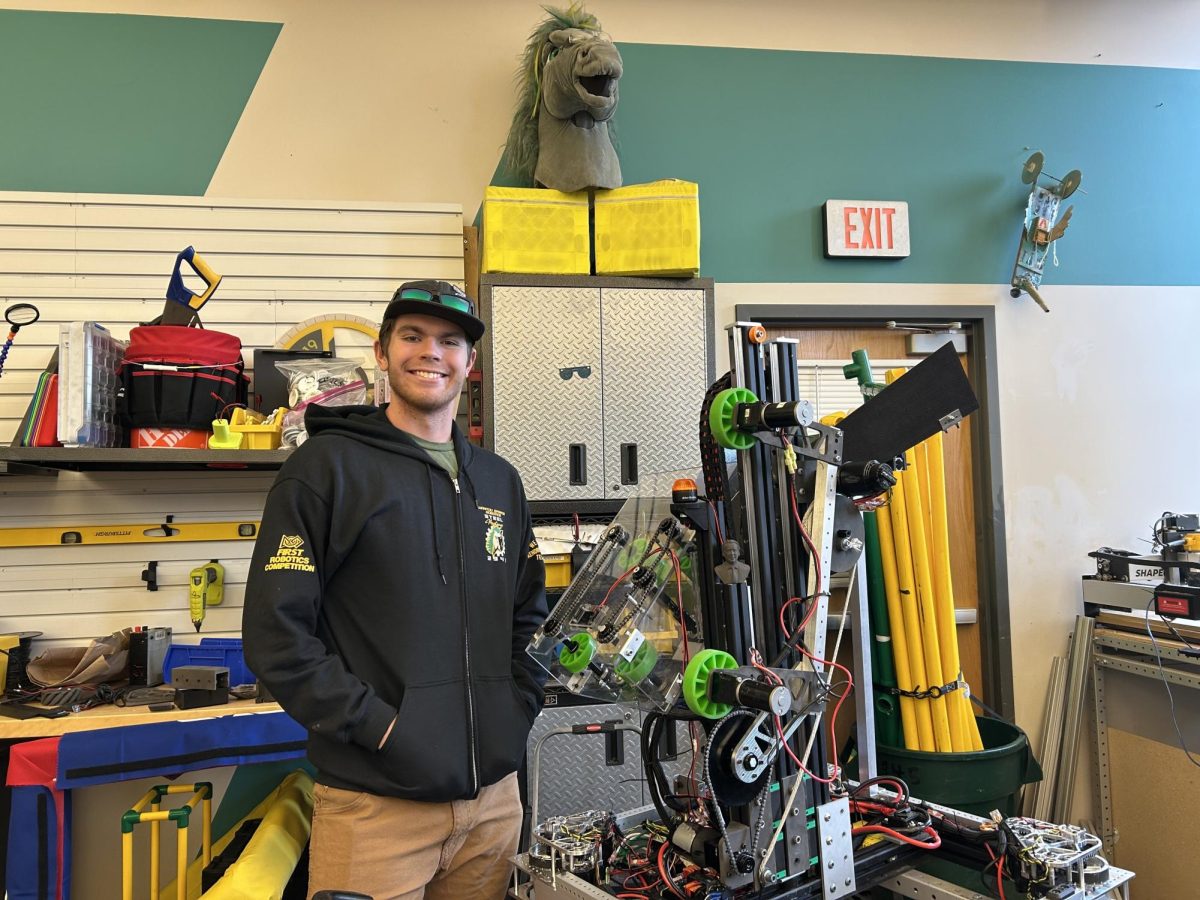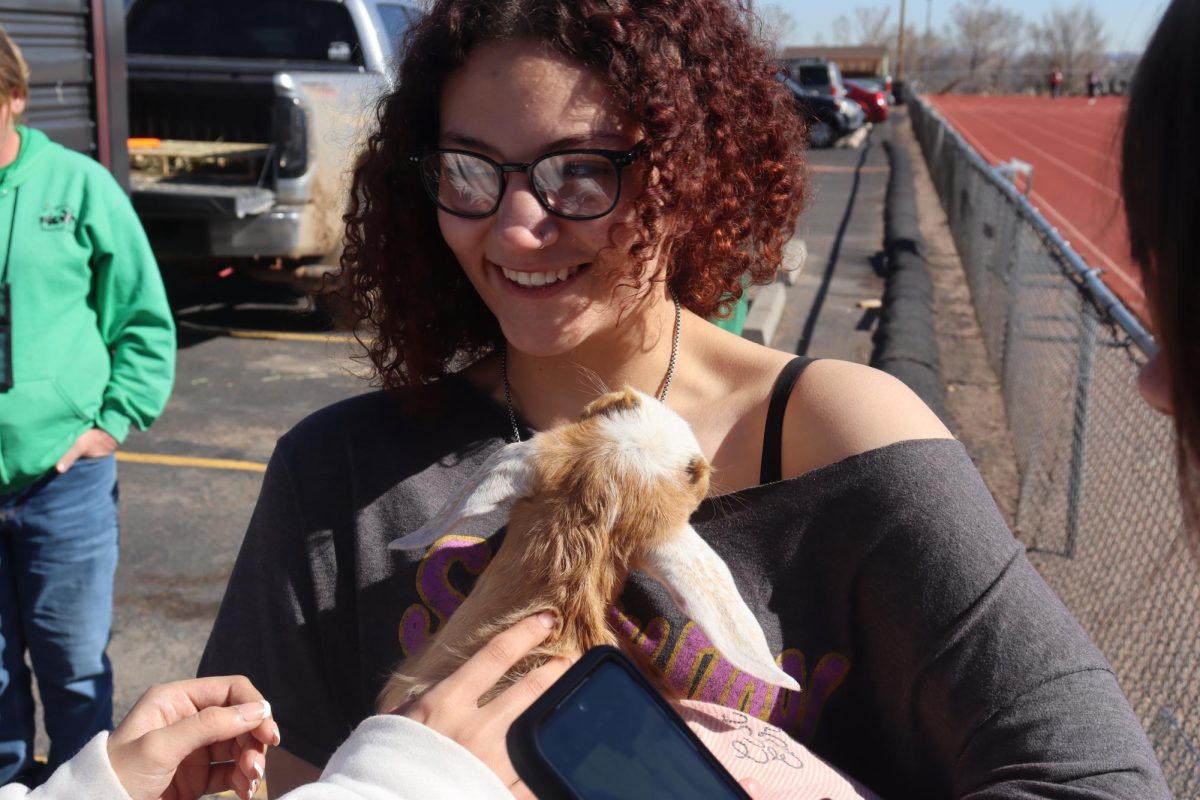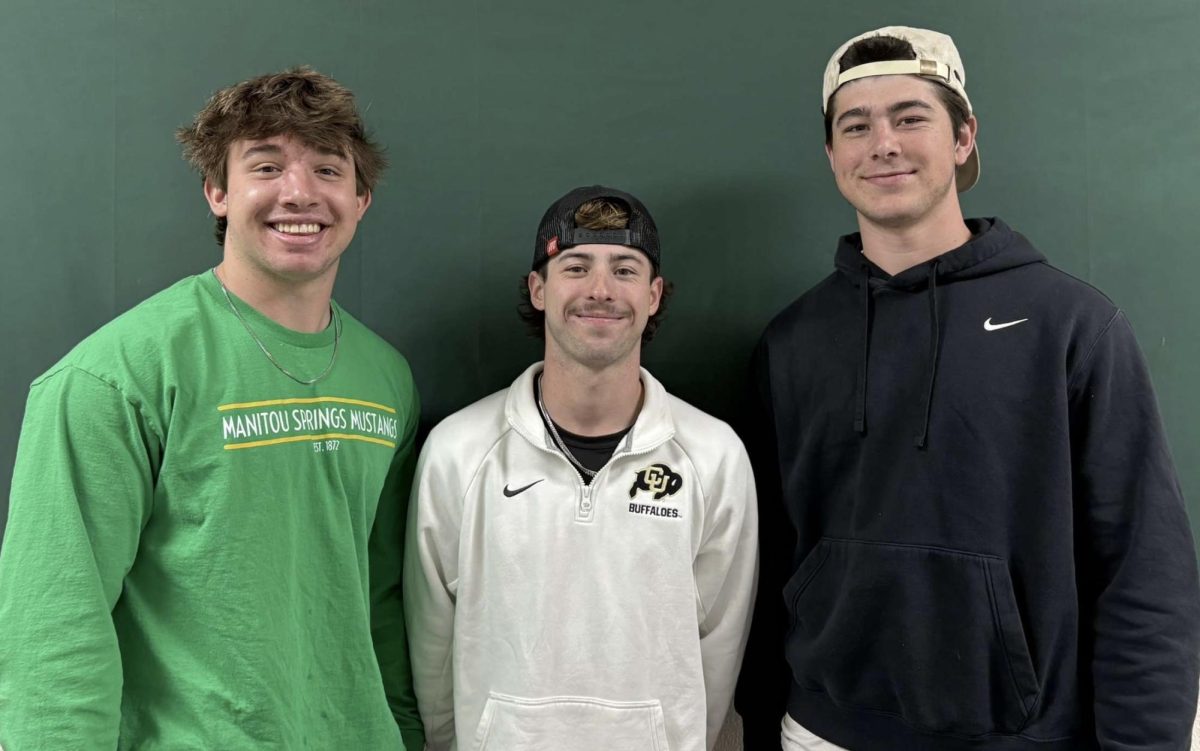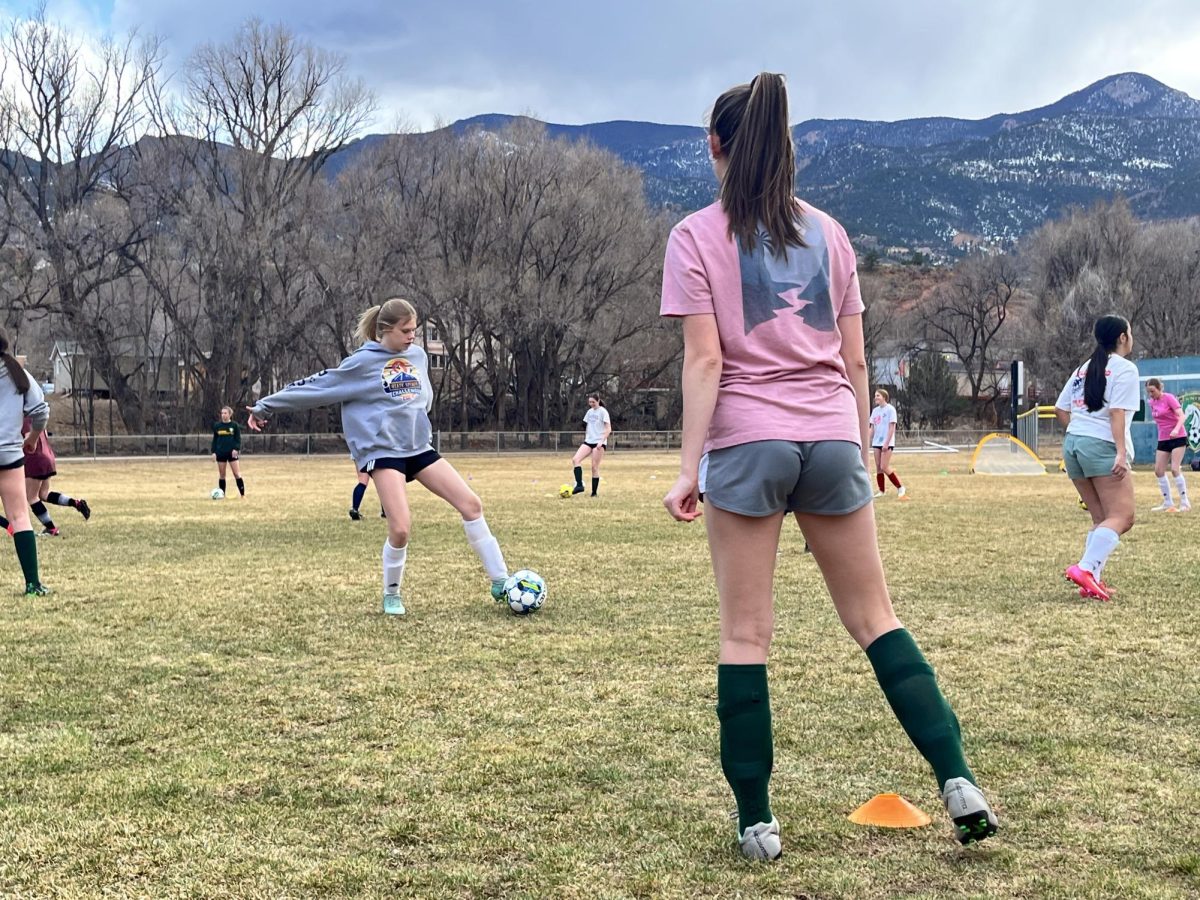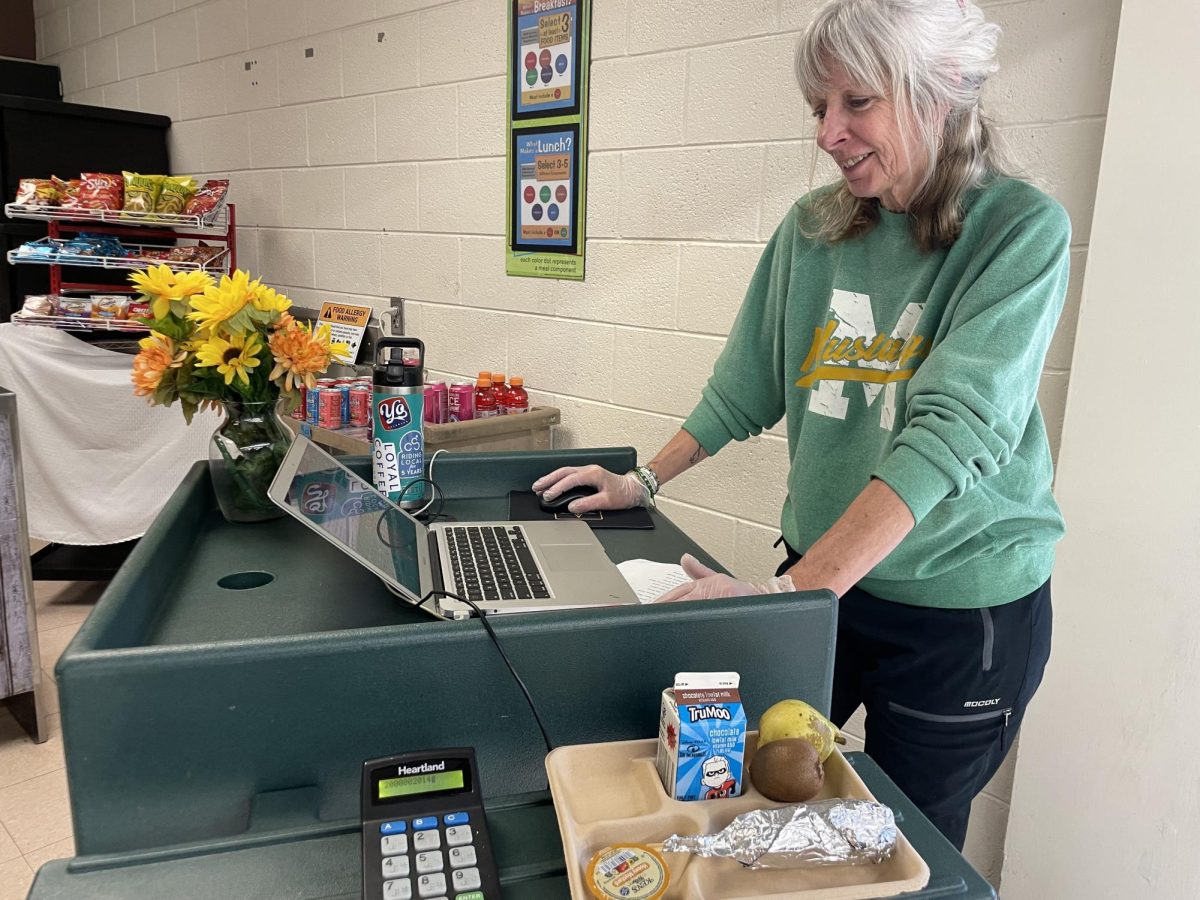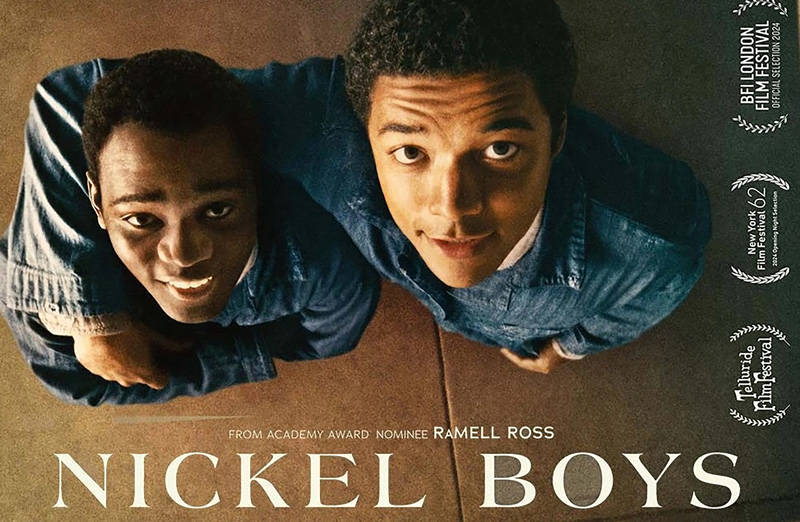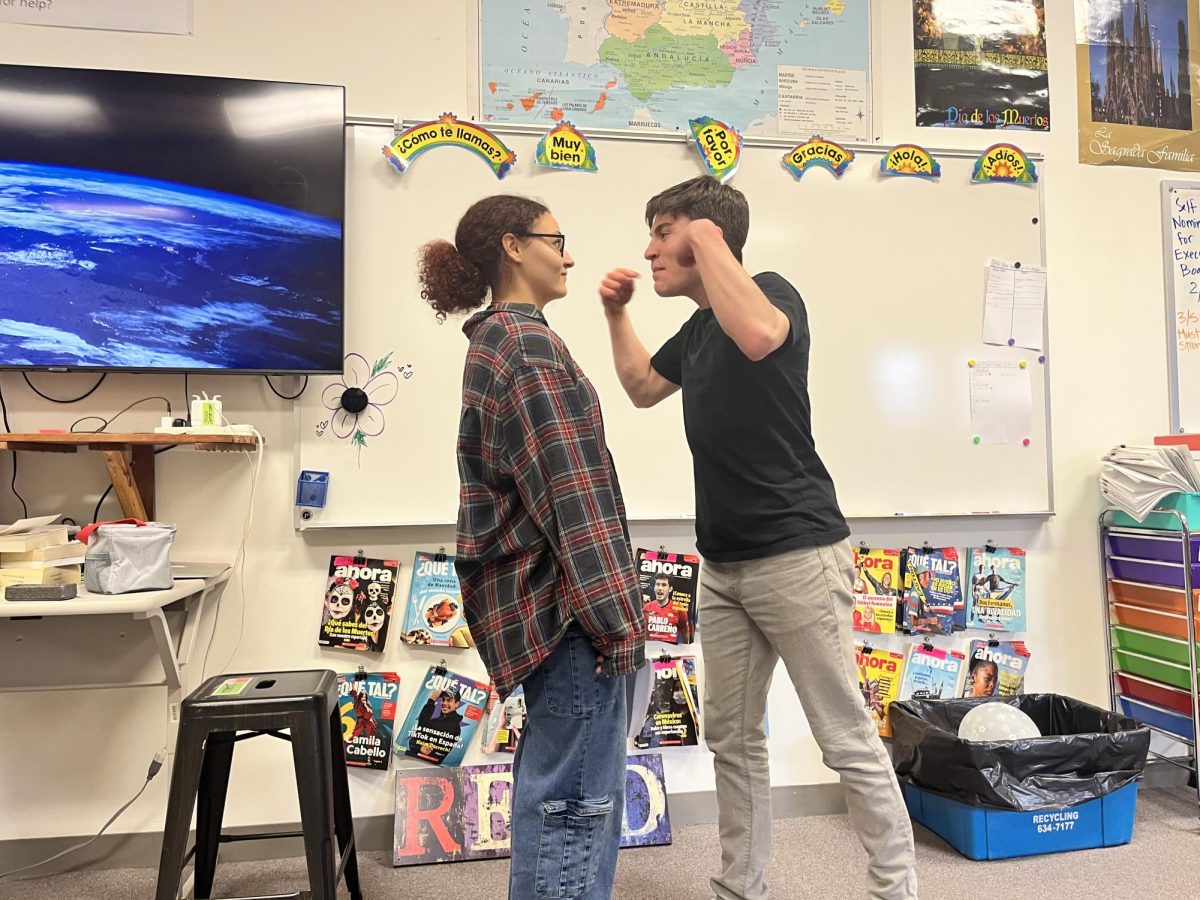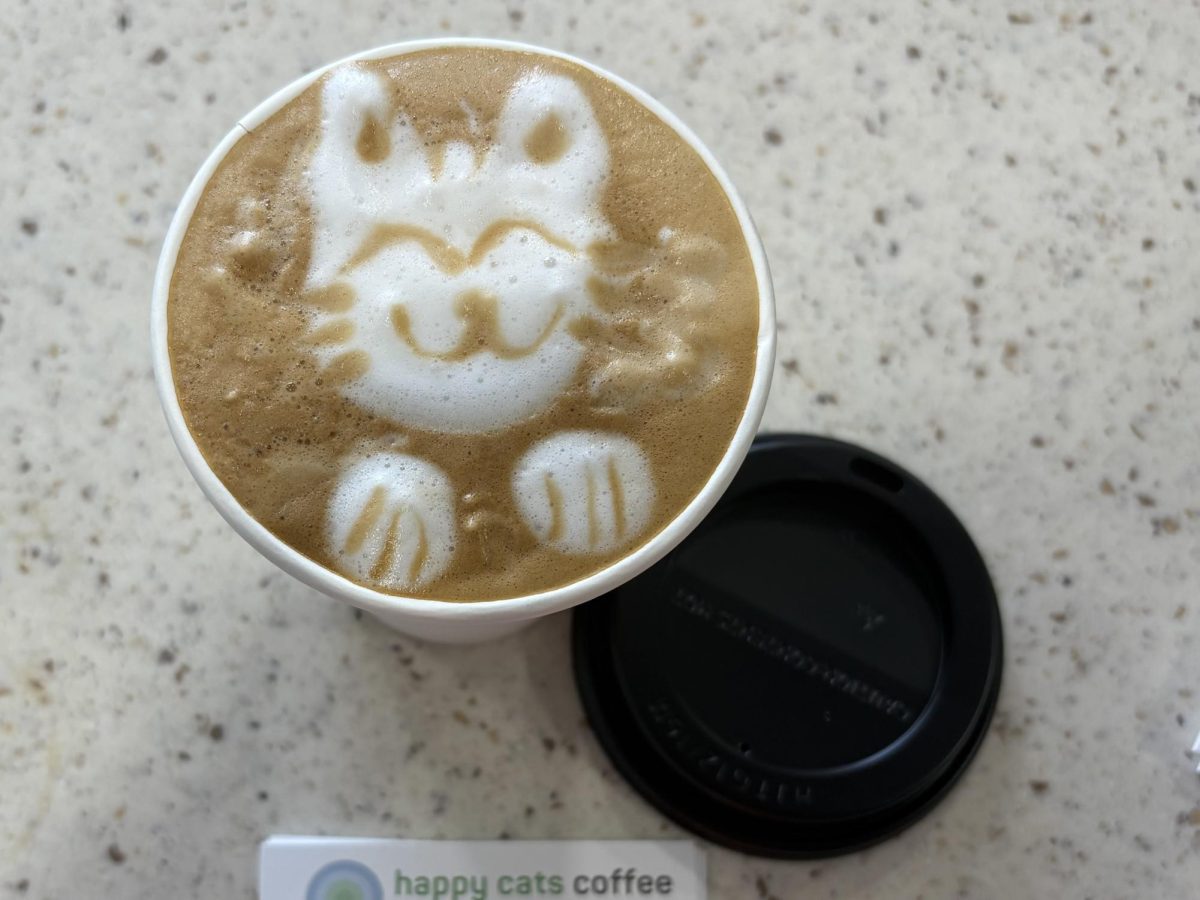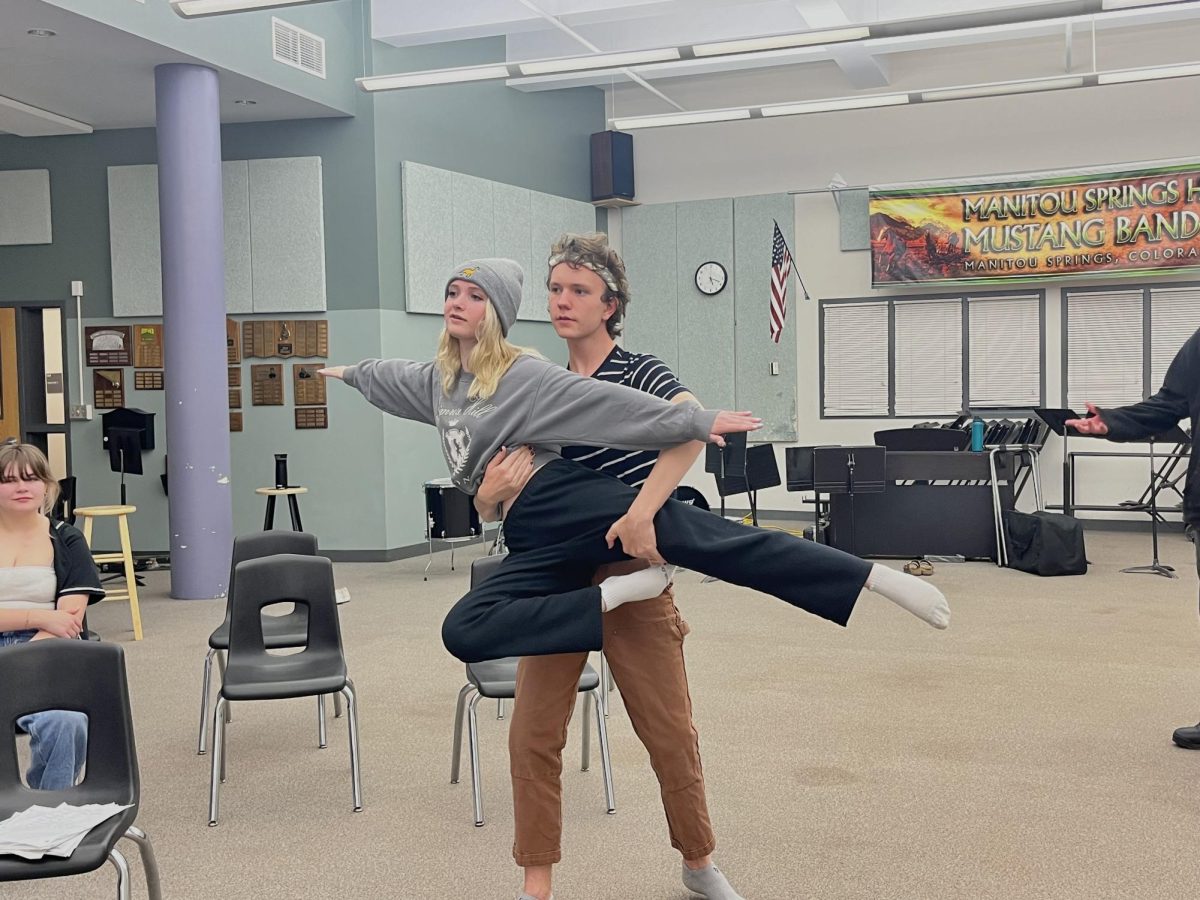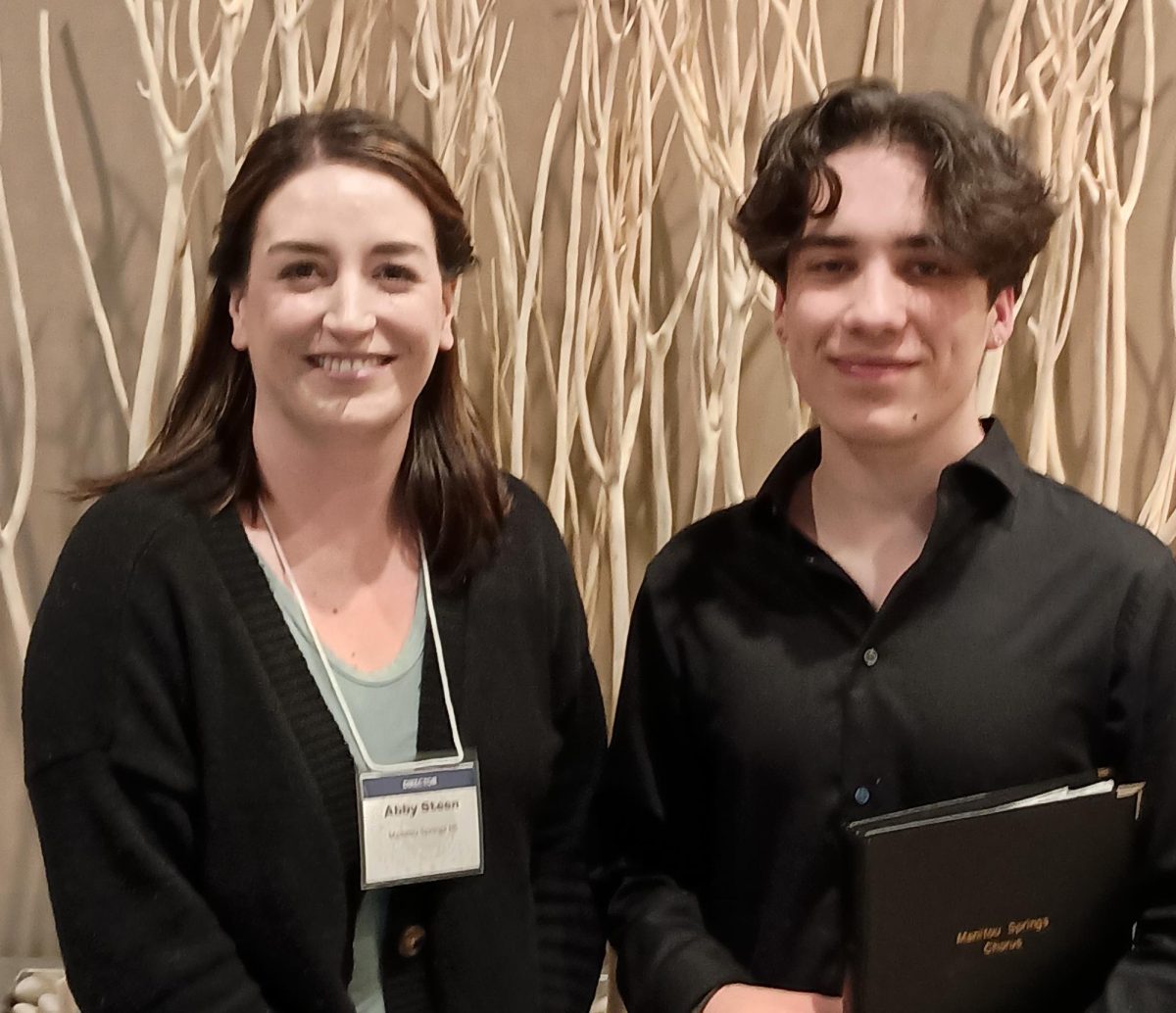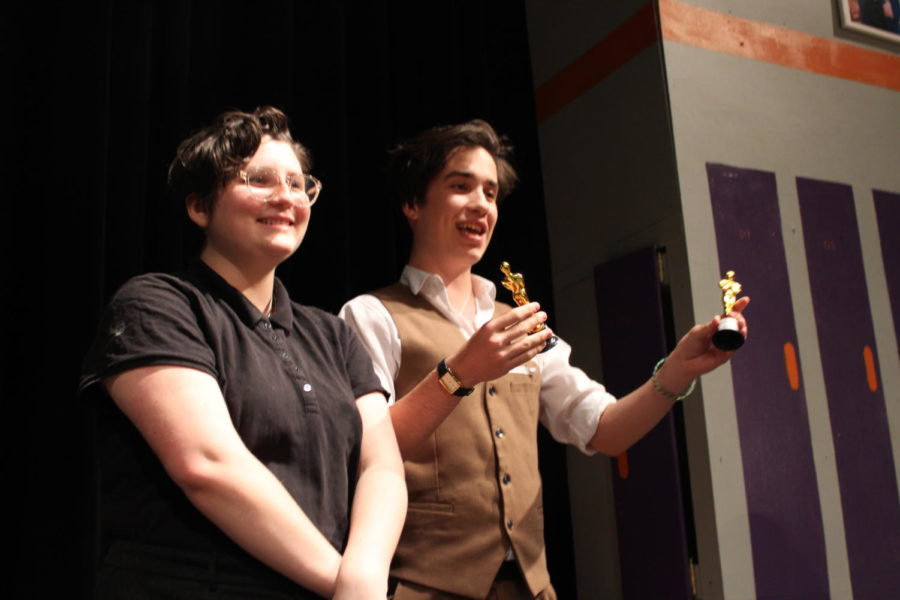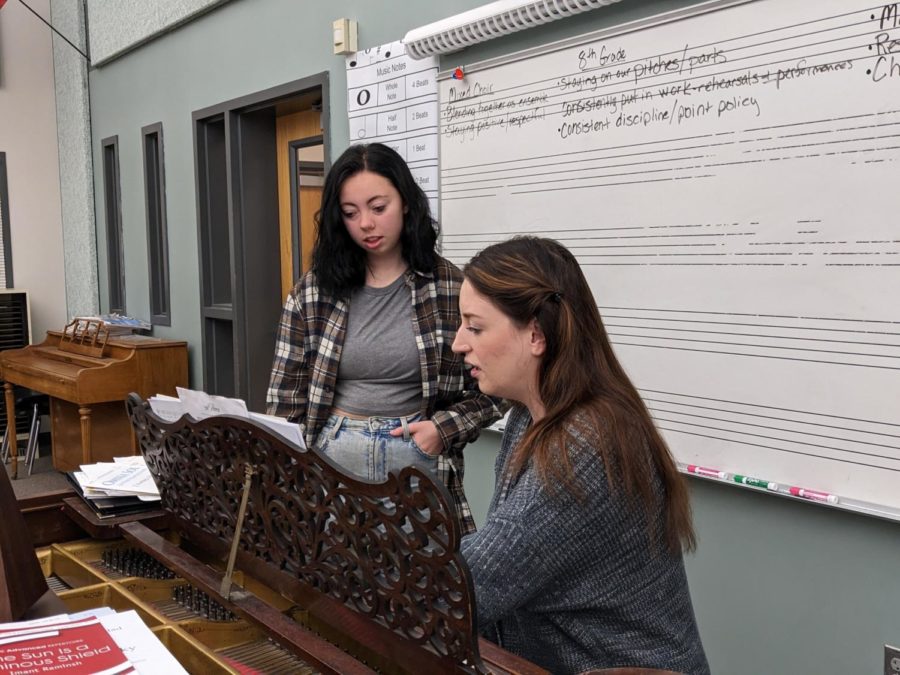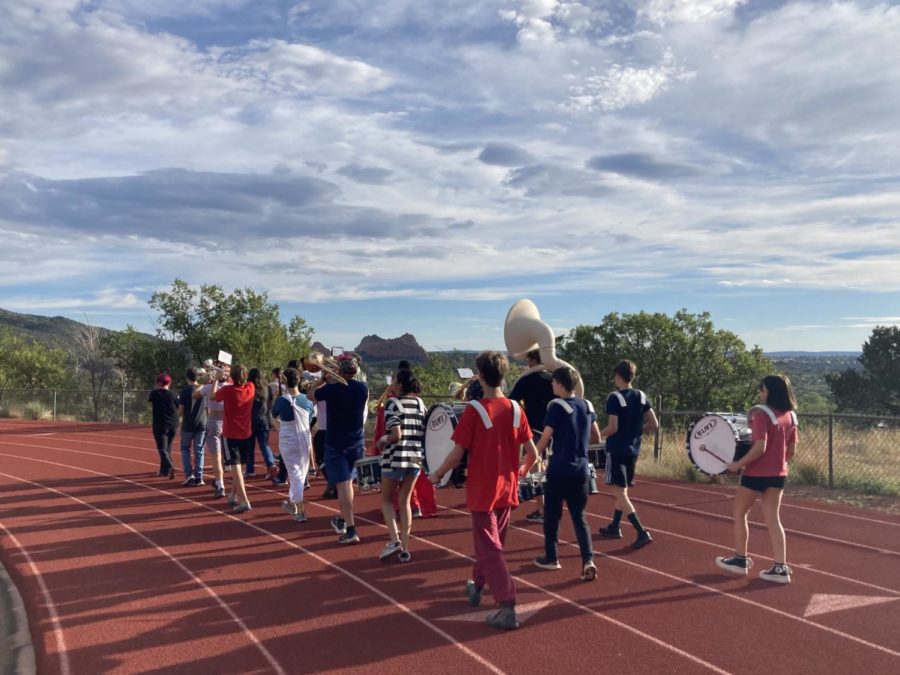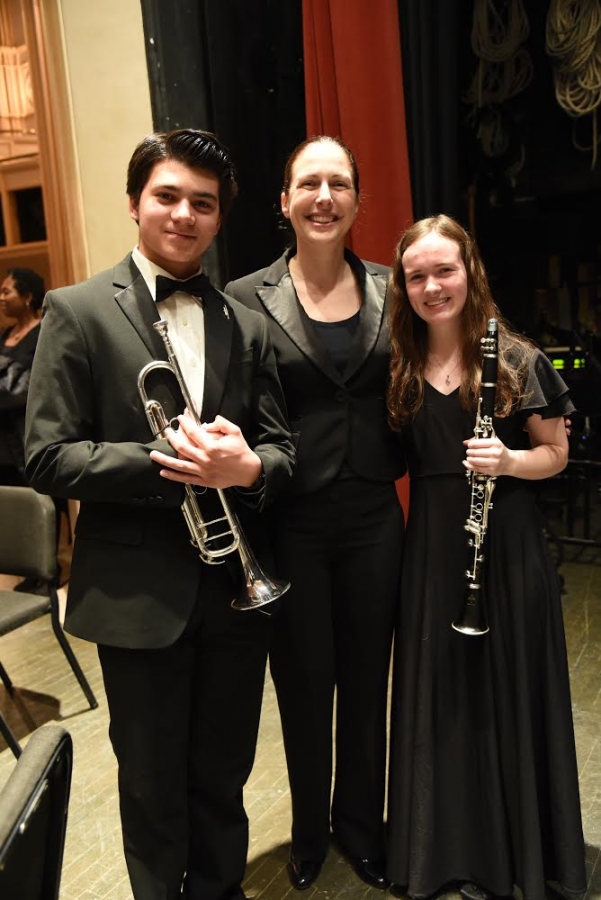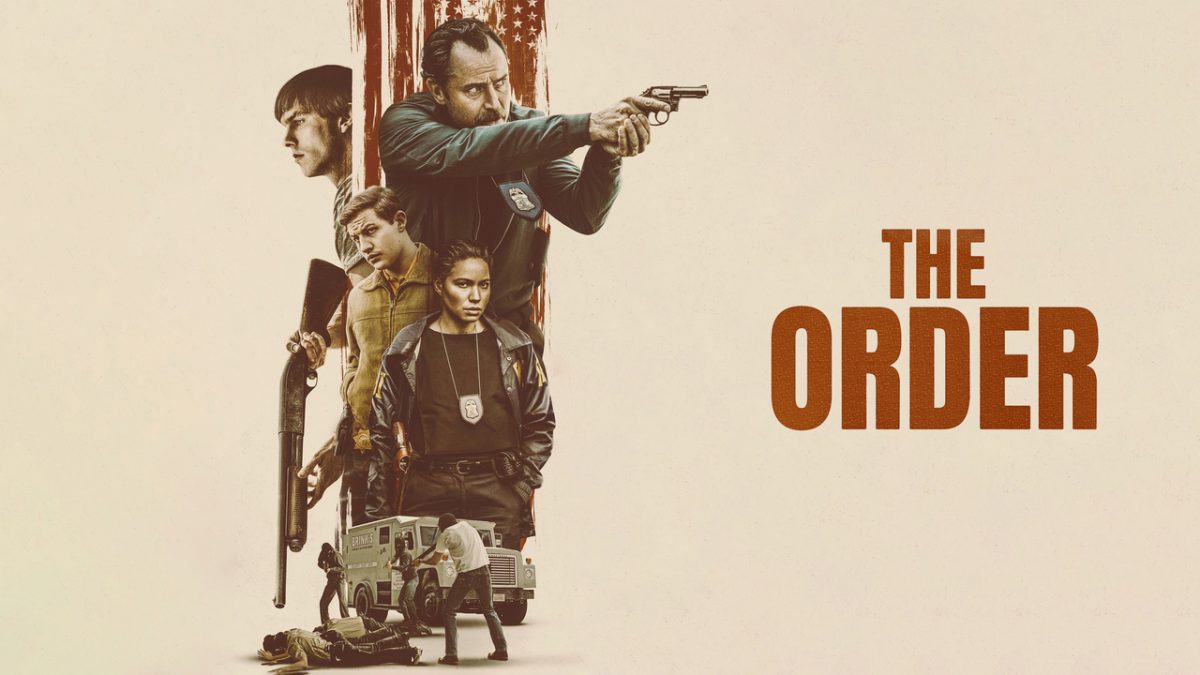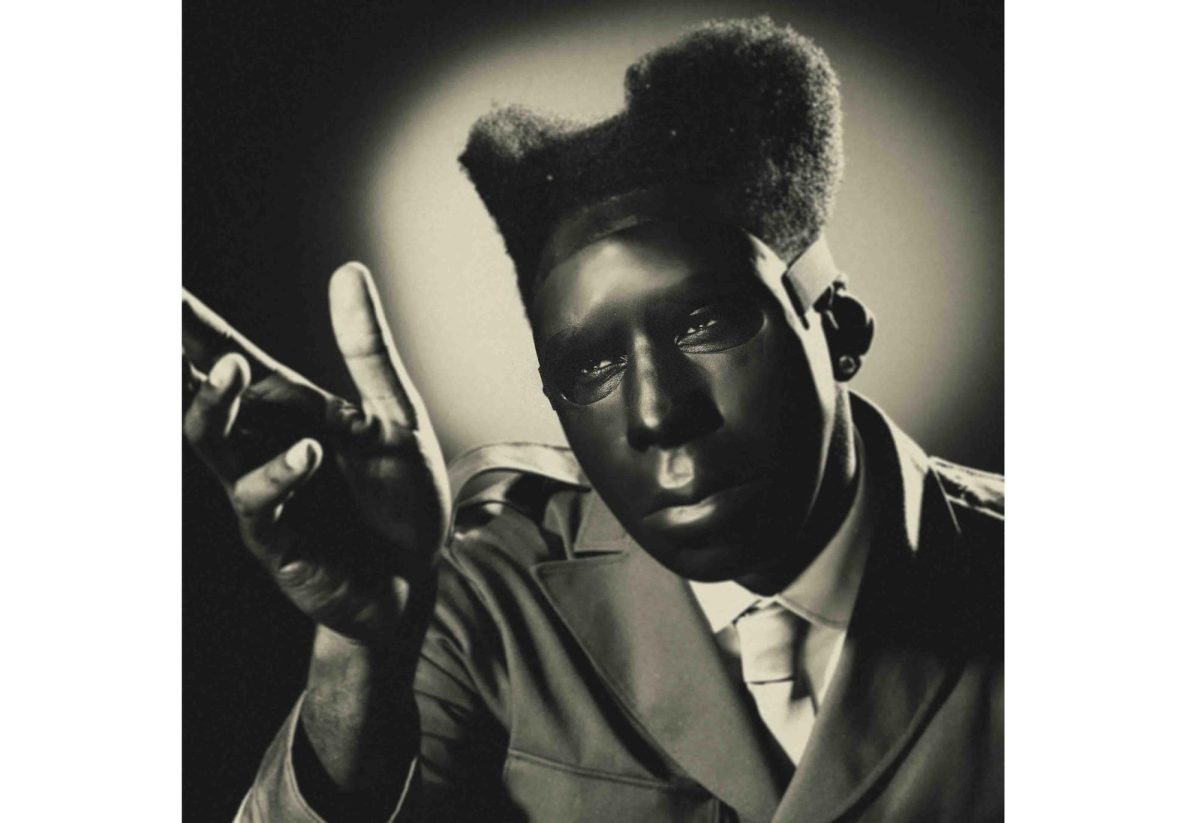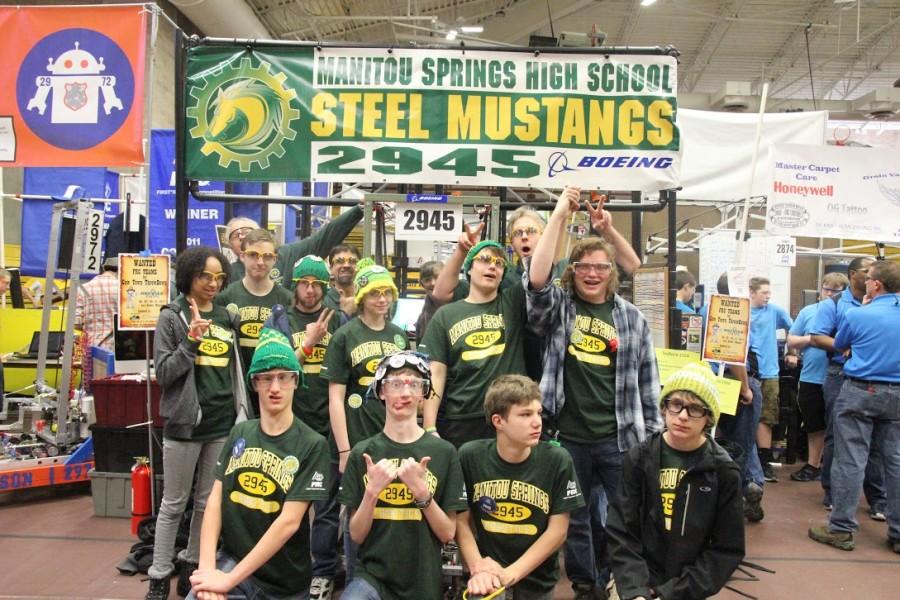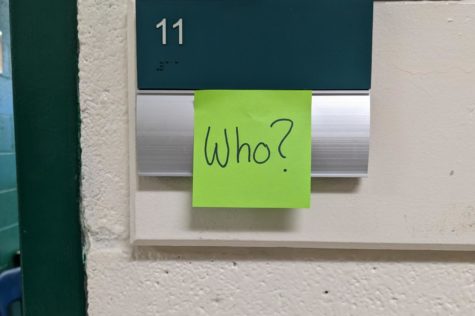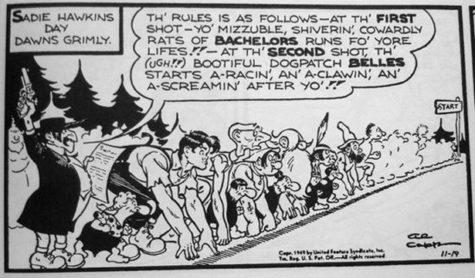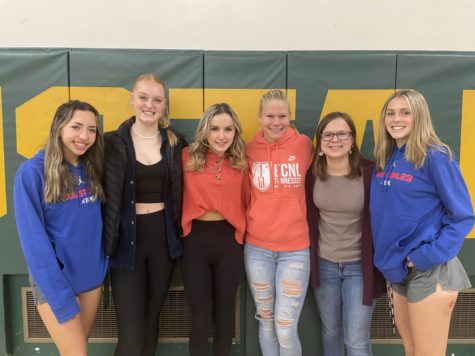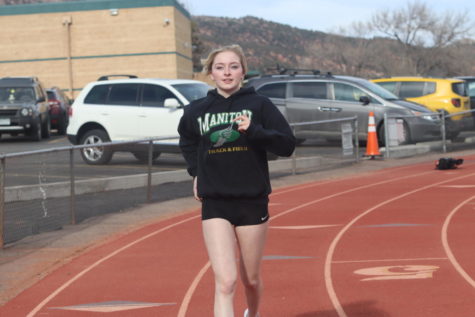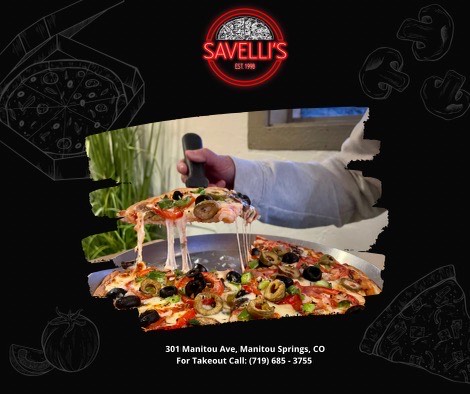Robotics Competition is all nuts and bolts
April 7, 2015
The drivers stand in the ready, their feet behind the white line that divides the driving console from the designated area they must wait in prior to the beginning of the match, sweat slicking their brows in anticipation. The announcer readies a breath: “One… two… three! Start your robots!” The autonomous features programmed into the robots’ systems wink into life, and the players stand behind the infamous white lines just seconds more, the robots plunging into life and stopping when their jobs are complete.
Then, the buzzer sounds and the players jump forward, clutching at the devices and plunging into the match at hand.
This year’s Manitou Springs High School robotics team was one of the hundreds of teams featured at the University of Denver this year for First Robotics Competition regionals. From the very first day of the sixth week period of time given to them to build their functioning robot prior to competition, to the final buzzer determining their stance in the FRC, the team has been through strain together.
“This year’s team has been one of the most solid teams we’ve ever had,” said Max Jonas Knaver (12), one of the three captains of the team alongside Jacob Hale (12) and Kaya Bacon (12). “We had more people participating in dancing, scouting, and nobody’s been this eager to do scouting in a long time, most people try to usually get out of it,” Jonas Knaver said.
The competition truly began the morning of March 26th at 8:30 am, after the team managed to pile into a bus from the hotel they were staying at near DU. The trip to Denver the previous day was an eventful one: the team arrived at the university’s campus to unload supplies at about 7:00 pm, and from there went to Chipotle and then LaserQuest, where they managed to set a few high scores.
When the competition began on the morning of the 26th, members of the MSHS team all helped one another begin the preliminary adjustments required to help make their robot as perfect as it could be. The robot, already built and “bagged” as well as unloaded the previous evening, was probed and tinkered with in the team’s “pit”. The pit is an area of space given to each team in the DU gymnasium, approximately 10 feet by 10 feet, where they were allowed only the supplies they provided that could fit within the restricted space. The pit was not just for work, however; it was designed to also help contribute to the aesthetic quality of the team.
After the robot was fixed and tested numerous times, sometimes during practice rounds and sometimes during preliminary matches between different opponents as well as with other allies, the team learned many things about their robot – for one thing, it wasn’t as perfect as they’d originally believed it to be. The programming of the robot’s “arms” was the main glitch in the system, but thanks to Ben Perkins (9), the glitch was fixed in time.
“The robot performed how we thought it would,” said Jacob Hale, one of the team’s captains, despite the numerous adjustments required to perfect it. “In some regards it performed better, in some regards it performed worse. It was worse at going over the scoring platform than we thought it would be [a platform that runs across the playing field to allow either team scoring points], and it was worse at getting totes from the human player [the participant of the team who would pass totes to the robot to be stacked for other points], however, it was better at pulling [totes] from the landfill – it could pull them from the center, which we didn’t expect, and we found out we could grab containers in a lot of ways we didn’t know we could.”
After the robot’s journey through the days spent working on it and fixing what needed to be fixed, it was finally prepared for operation on the third day when it scored its three highest scores in the last three rounds. During these last rounds, the team of drivers – Max Jonas-Knaver, Jacob Hale, Isaac Patterson (9), and Ben Perkins – applied new tactics. The primary tactic was that when the team that they were paired with was not helping bring in cooperation points (when both opposing teams help each other create a stack of yellow totes for 40 points), or when cooperation was not mandatory, the Steel Mustangs decided that multiplying their score with per-second pointage would help them finalize what was needed. In the end, this helped in a major way.
Despite the competition being focused solely on robots trying to stack totes – and, if they are able, to stack a trash-bin with a pool noodle inside of it atop the totes for additional points – the FRC doesn’t focus entirely on robots. Instead, there are aspects about it like gracious professionalism, bonding, and teamwork which help further its “recycling” theme: to give back what is given to you. By scouting (when a member of one team attempts to recruit another team into being their ally when it comes to picking alliances: which is only done by the top eight teams at the end of qualification matches, before the final rounds) out other teams and being professional, helping out when help is needed, and even trying to make friends both for the team and for oneself, are all considered vital for the competition, over just trying to win and beat the team to your right or left.
“It’s usually not ‘Hey, who’s that guy on that team, we have to take him down,’ ” said Jonas Knaver when asked about his perspective on gracious professionalism and what the FRC truly intends. “It’s rather usually like ‘Okay, so what can we three do to be at our best game.’ I tried to be professional [when competing]. I tried to shake everyone’s hand, say ‘Hey, I’m Max,’ and apologize for things when we let somebody down.”
The second day of competition there was a “social” (synonymous for dance) held at the university for all teams wanting to attend, in which members from teams could dance, play games, or just hang out and eat pizza.
“Bonding with other teams [is the most important aspect of competition],” said Hale, “because very few teams do win, and the teams that do win [do so] every year. But then, we have new friends this year. We get help from others, we help others, and it’s a lot more fun if we’re a big supportive community.”
Thus, even though the MSHS Steel Mustangs did not qualify for nationals because their average score was not what they wanted it to be (in robotics, scoring is determined by the average score of a team, not how many wins or loses a team develops) and they placed somewhere near the 40th mark, the team most definitely believes that the competition was worth their time and energy for the experience and the bonds made between those associated with it.
Jonas Knaver, speaking with a slight sadness in his eyes alleviated by his words, said, “Next year and in the future, I don’t think I have to worry, being a senior, about what will happen with the team. Especially because of the exemplars like Ben [Perkins], who’s so young and fresh to robotics in general, and yet he drove and programmed the entire robot. This year’s robot has been one of the most solid robots we’ve ever built.”
Editor’s Note: The original version of this article stated that the team had a six month period of time in which to build their robot, when in fact it was a six week period of time.

